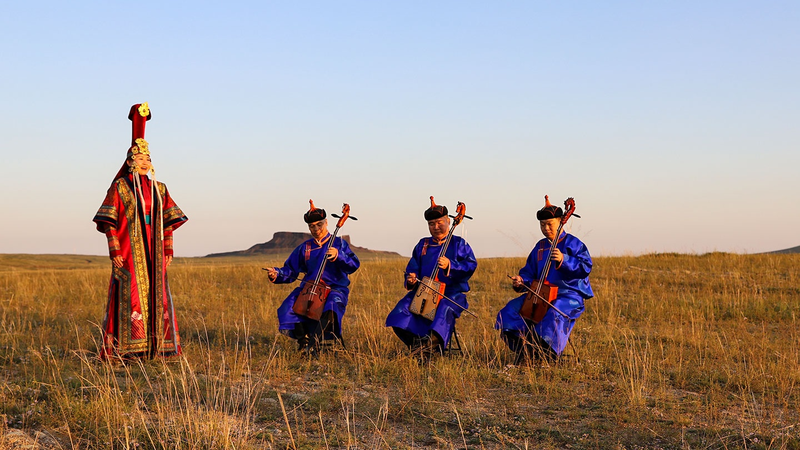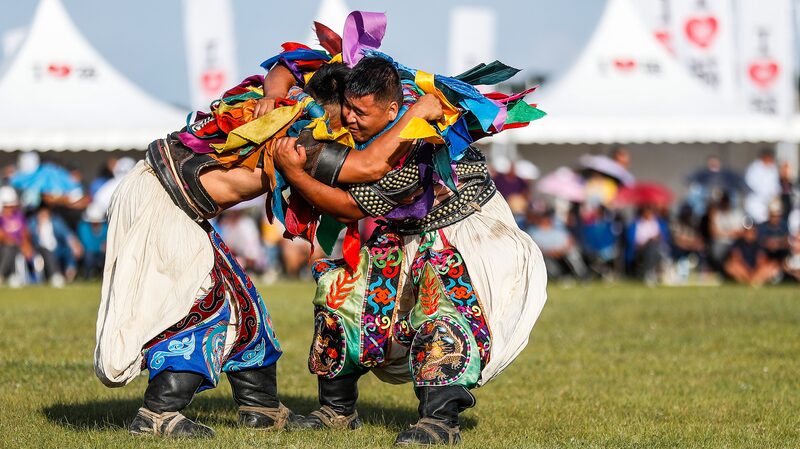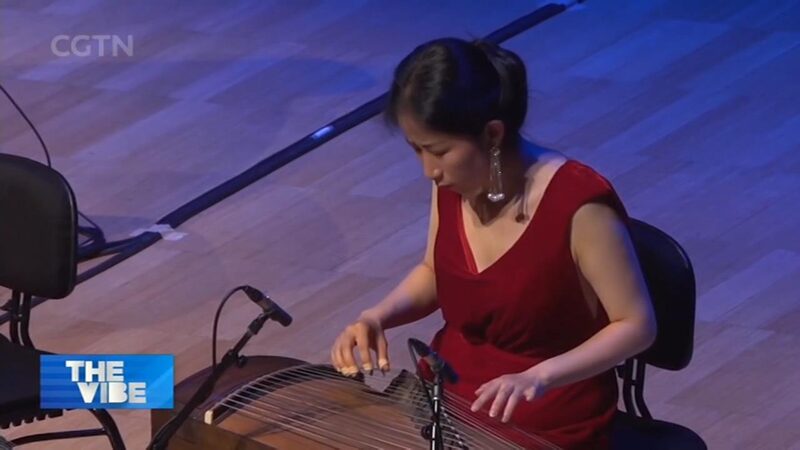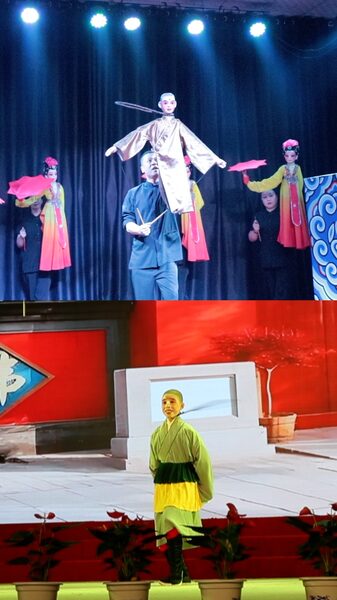On the windswept grasslands of Mongolia, two ancient art forms breathe life into the nation's nomadic soul. The morin khuur, a bowed instrument carved with a stallion's head, resonates with the rhythmic pulse of hoofbeats across endless plains. Meanwhile, khoomei singers conjure ethereal harmonies through precise throat vibrations – a single voice mimicking whistling winds, buzzing insects, and rumbling earth.
These UNESCO-recognized traditions trace back over a millennium to herders and shamans. "When I play the morin khuur, I become one with the landscape," says Ulaanbaatar-based musician Bat-Erdene. "The lower string represents mares, the higher string foals – together they sing our history."
Modern fusion artists now blend khoomei with electronic beats, while conservatories teach children these endangered arts. For diaspora communities, the instruments serve as cultural anchors. "Hearing khoomei transports me to my grandparents' ger," shares Bayarmaa, a Mongolian student in Berlin.
As global interest grows, these sonic traditions offer investors cultural tourism opportunities and researchers insights into harmonic physics. Travelers can experience live performances at Mongolia's Naadam Festival each July, where throat singing competitions draw international crowds.
Reference(s):
cgtn.com








